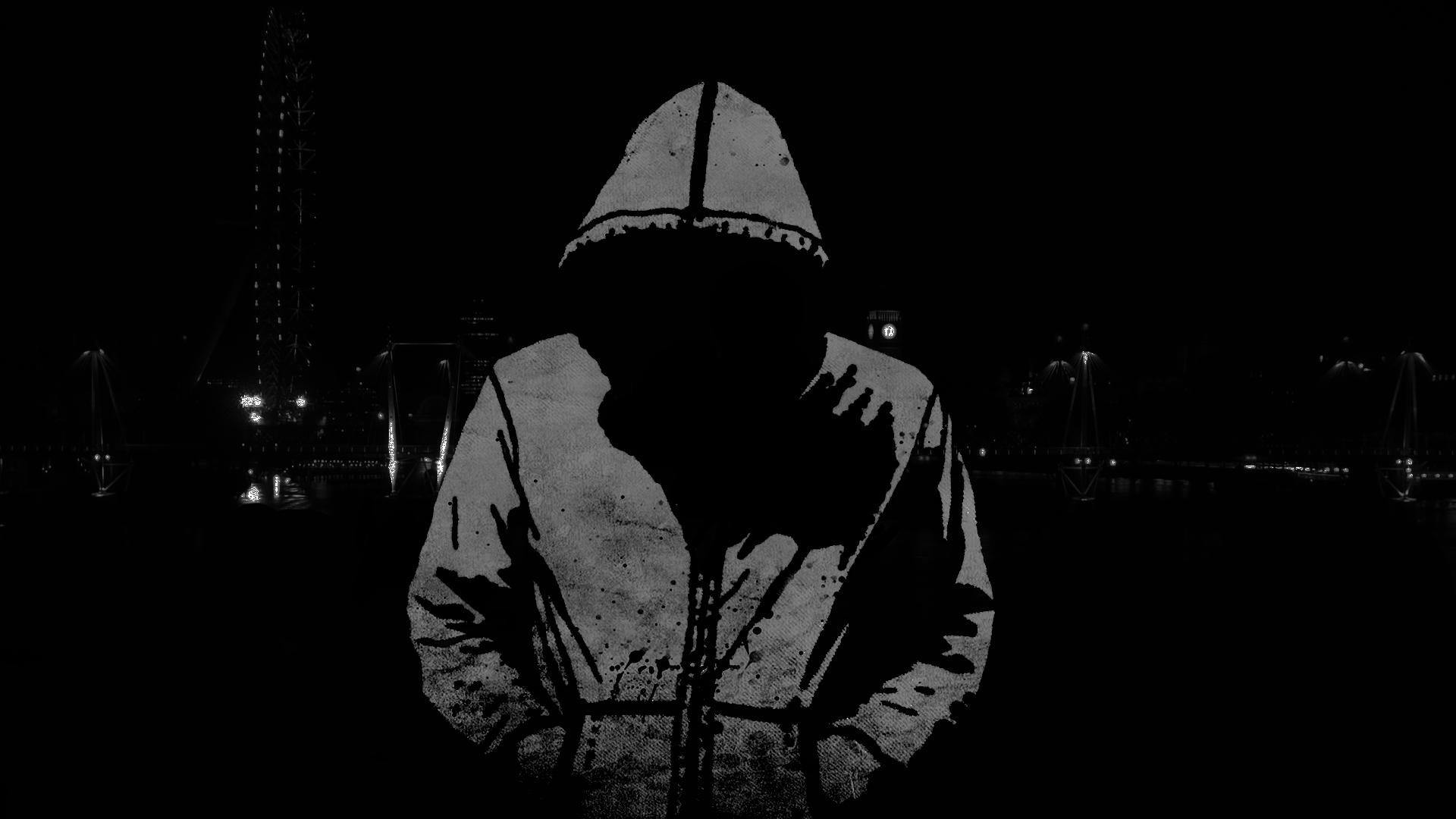
In the hidden corners of the internet, far from the polished storefronts of e-commerce giants, lies a parallel digital economy where goods, services, and currencies flow in total anonymity. At the center of this world is DarkWebMarket, a public directory that indexes active darknet marketplaces. Though it doesn’t sell anything itself, this portal provides a rare window into how underground trade adapts to changing technologies, regulations, and consumer demand. By studying the patterns and evolution of listings on DarkWebMarket, we uncover revealing insights about the broader state of online markets in 2025—both licit and illicit.
A Mirror of Market Demand
DarkWebMarket’s listings often reflect global events and economic pressures. Surges in counterfeit vaccine certificates during pandemics, rises in fake documentation following refugee crises, or even spikes in stolen data during major cybersecurity breaches—all have been observed through the platforms and services linked on the site. What becomes clear is that demand in dark markets often mimics—or even anticipates—mainstream trends, albeit distorted through a lens of illegality.
This mirroring effect demonstrates that black markets don’t exist in isolation. They are shadow counterparts to the visible economy, responding to the same technological shifts, political tensions, and economic fears. For researchers and cybersecurity professionals, directories like DarkWebMarket serve as an early-warning system of emerging threats and consumer vulnerabilities.
Decentralization and Resilience
Perhaps the most significant revelation is how agile and decentralized online markets have become. After the shutdowns of high-profile marketplaces like Silk Road, AlphaBay, and Hydra, many expected dark web commerce to shrink. Instead, DarkWebMarket shows a proliferation of smaller, decentralized markets—each more agile, fragmented, and specialized.
This shift mirrors a broader internet trend toward platform decentralization. Just as content creators are fleeing major social platforms in favor of smaller, independent networks, so too are darknet traders moving to niche, verified communities. Marketplaces today are often single-purpose, invite-only, and protected by advanced encryption protocols, which makes them harder to track, take down, or infiltrate.
Crypto, Privacy, and Market Evolution
Cryptocurrency continues to underpin the financial infrastructure of these markets. What’s changed, as DarkWebMarket’s listings suggest, is the move away from Bitcoin toward privacy-focused coins like Monero. This shift isn’t just about staying hidden—it’s about building trust in transactions in a world where fraud is common, escrow services are unreliable, and disappearing vendors are the norm.
This evolution echoes trends in the clearnet: users are increasingly valuing privacy, decentralization, and digital self-sovereignty, even outside of illegal contexts. The normalization of privacy tools and cryptocurrencies in dark markets may well foreshadow broader mainstream adoption.
Legality, Ethics, and Transparency
While DarkWebMarket itself does not host illegal content, it undeniably plays a role in enabling access to it. This raises ethical questions: should a directory be held responsible for the destinations it links to? It’s a debate not unlike the one faced by major platforms like YouTube, Reddit, or even Google when it comes to harmful content and algorithmic discovery.
Yet, despite these ethical complexities, DarkWebMarket’s structure also reveals the growing transparency within opaque systems. Many marketplaces now display uptime records, public PGP keys, and even customer feedback—borrowing cues from legitimate e-commerce to build credibility. It’s a strange paradox: illegal markets striving for transparency in an ecosystem designed for secrecy.
Conclusion
DarkWebMarket doesn’t just connect users to underground economies—it illuminates how those economies evolve in response to global pressure, innovation, and consumer behavior. From the fragmentation of platforms to the normalization of anonymous transactions, the patterns it reveals tell us just as much about the clearnet as the darknet. In many ways, it’s not a separate world—it’s a digital shadow of our own.
